British F-Type Aircrew Flying Helmet
Stores Ref No's: 22C/1385 Size 1 | 22C/1386 Size 2 | 22C/1387 Size 3 | 22C/1388 Size 4
The F-Type was a deparure from the previously used cloth and leather helmets. It used flatter headset speakers in a new rubber ear capsule with soft leather ear-pad. This change made the helmet slimmer than it's predecessors, with less protusions.
Made from a soft, open weave fabric in grey / blue, it had an elasticated nape strap and a chin strap fastened by pop-studs.
They have three pop studs on each cheek for mounting an oxygen mask. This distinguishes an F-Type from the later G-Type, as the G-Type has five studs per cheek.
It was the first helmet to be only available with a NATO communications plug, making it only suitable for aircraft fitted with ejection seats, unless an adaptor / extension cable was used, see below:
Publications
Flight International 25 January 1951
Source: Flight International Archive, part of an article on the work of the IAM. It very nicely dates the development of the F-Type helmet to 1951. The image below shows a prototype of what became the F-Type helmet. Also shown is an early Mk1 Visor and H-Type mask.
Quote:
A new type of flying helmet has been devised, and an exceedingly comfortable piece of headgear it is. Service pilots will be glad to know that the bulky and cumbersome insert earphones have given way to compact little units which are housed in snugly comfortable noise-excluders of astonishing efficiency. The oxygen mask and microphone have also been given a good measure of attention and - an excellent point - the microphone is connected by a short cord to a junction-box carried on the lower leftof the helmet, the long intercommunication lead being taken from the junction-box.
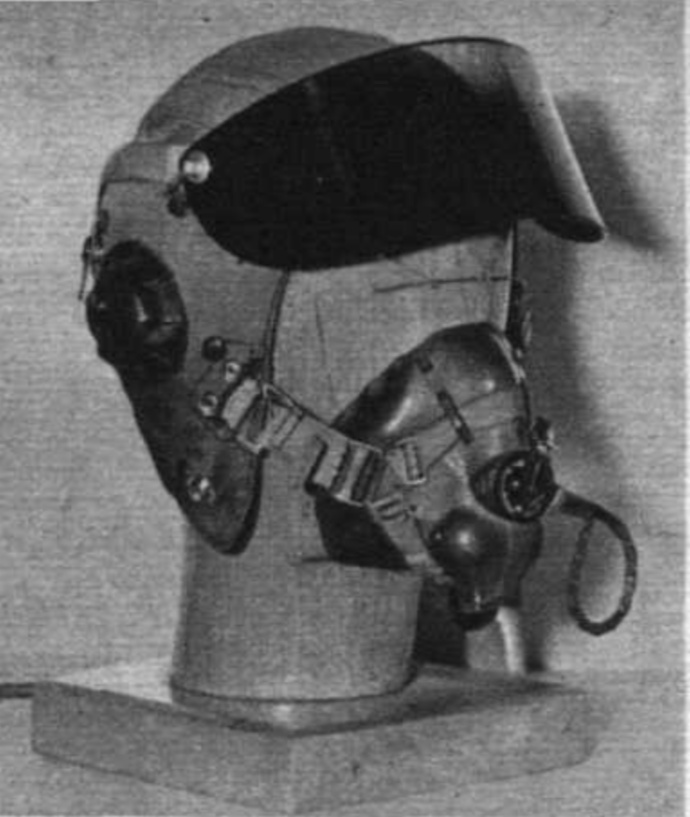
Detail of newly-developed flying helmet with modified earphone installation. The new vizor is shown in the partly raised position, where it would serve as an efficient sunshield.
Service Images
Canberra T4, date unknown
This image shows F-Type helmets in use in a Canberra T4, both aircrew are using A-13A/1 oxygen masks, one is wearing a Mk1A(M) protective helmet over his F-Type, the other sports a pair of Mk8 Goggles.

Vickers Varsity T1, navigator training, date unknown
This Varsity has been equipped to give training to trainee navigators. The trainee closest to the camera wears an F-Type helmet, and uses an adaptor lead to connect it to the aircraft intercom system.
Image source: IWM.
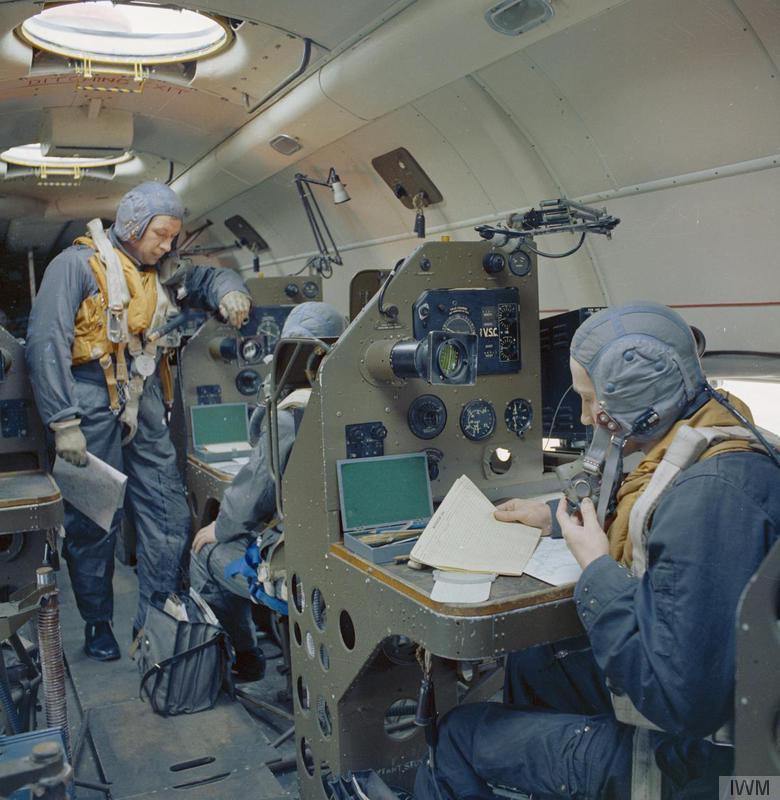
© IWM (RAF-T 3056)
RAF/RN AP Resources
AP1182E, Volume 1, Section 1, Chapter 5, Paragraph 13 (AL 35, November, 1953)
The headset wiring harness was only supplied with a NATO plug, and if the helmet was to be used in an older aircraft, AP1182E suggests an adaptor cable is made locally by the squadron.
Quote:
If the Type F helmet is used in aircraft fitted with static seats, a longer connector than that shown will be required, An extension to the existing lead can be made locally for this purpose.
This would soon change, as an optional accessory to the Mk1A and G-Type was a ready-made extension and adaptor lead.
AP1182E, Volume 1, Section 1, Chapter 5, Figs 3 and 4 (AL 35, November, 1953)

Below, note the headset wiring harness has a special rubber moulding behind the left ear capsule. The only reference I can find to this type of harness is in the note about a junction-box in the Flight International quote above.
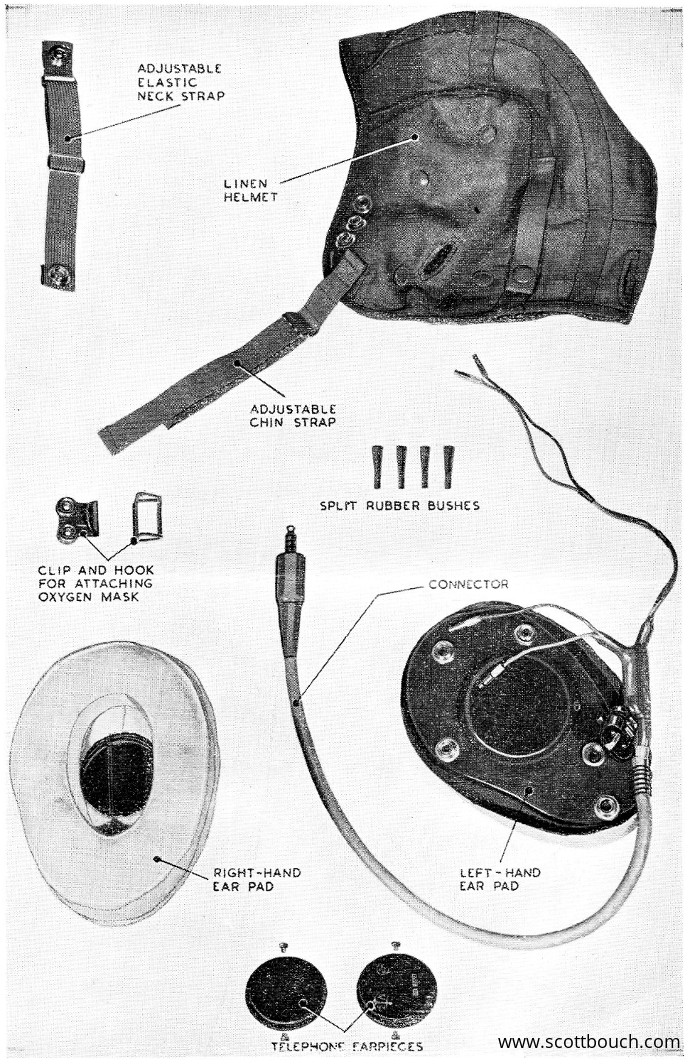
AP1182E, Volume 1, Section 1, Chapter 5, Figs 7 and 8 (AL 45, November, 1955)
Figures 7 and 8 of AP1182E illustrate use with Mk8 goggles and Mk1A protective helmet:
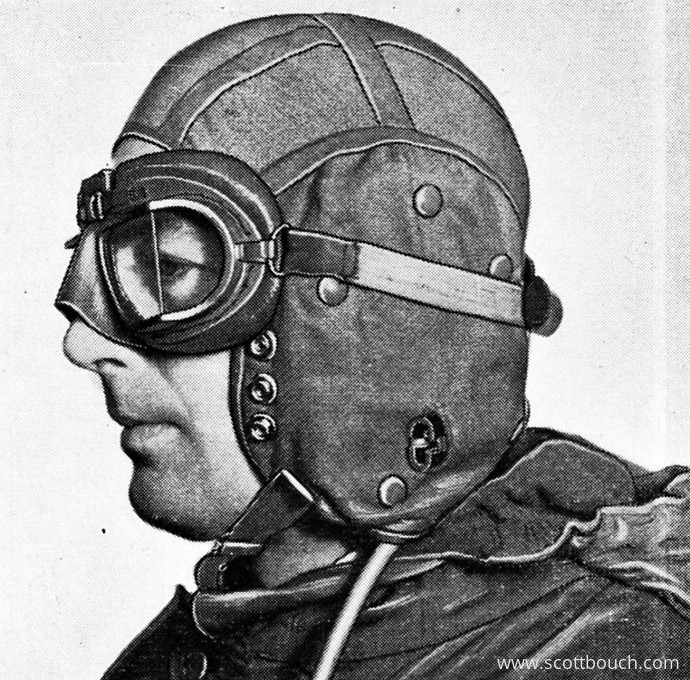
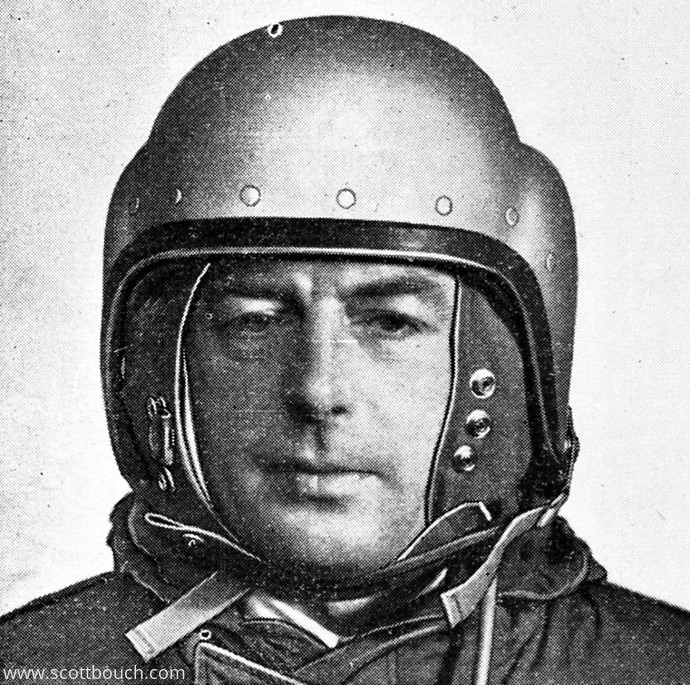
AP1086, Book 9, Section 22C, Second Edition, 14th January 1965
This AP, the Vocabulary of Royal Air Force Equipment, Cloting - Flying (the listing of stores reference section numbers) from 1965 still lists the F-Type helmet and all of its parts, suggesting there were at least some F-Type helmets still in service in 1965.